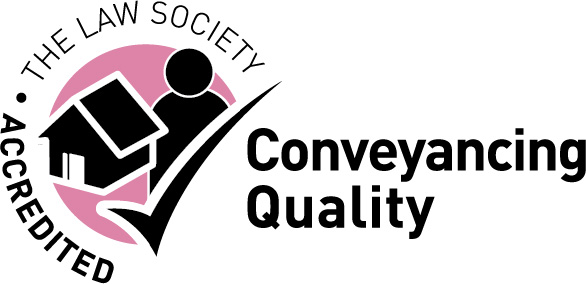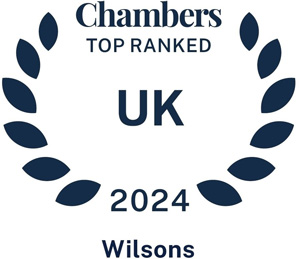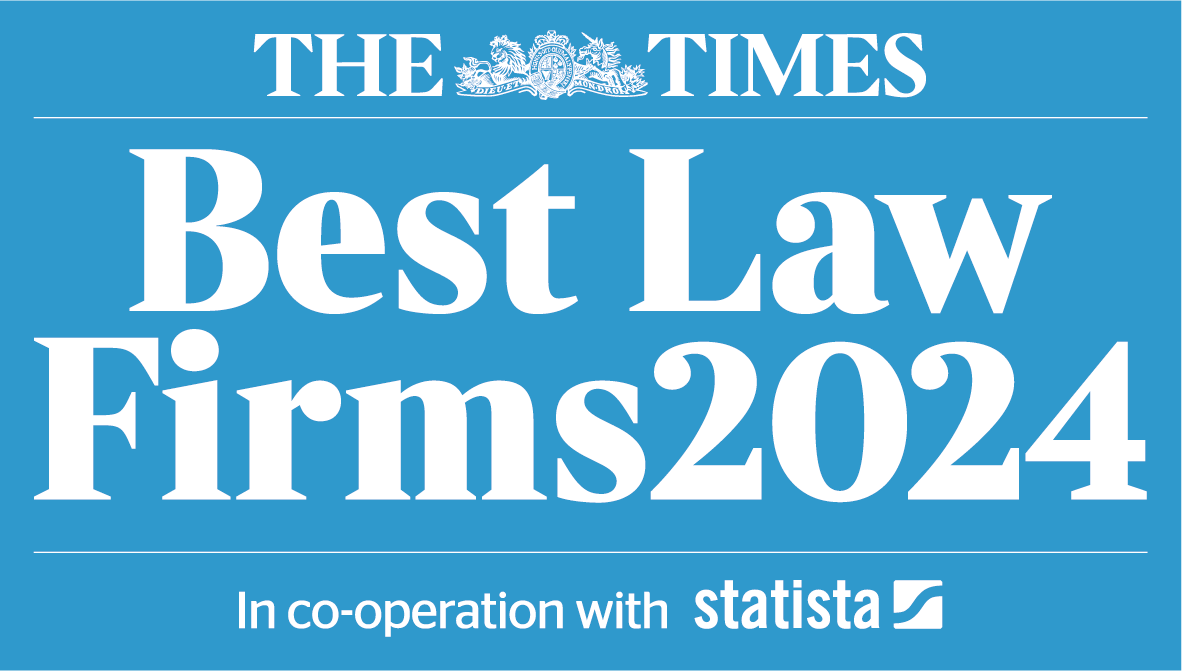Managing peer-on-peer abuse
2 May 2019
When it comes to safeguarding incidents or concerns, the questions that you ask (or indeed decide not to ask) will be important. There may be pieces of a puzzle missing that you need to obtain quickly and efficiently with minimal disruption.
The issue of peer-on-peer abuse is an emerging and complex safeguarding issue and every member of staff should know what your school does to minimise the risk of peer-on-peer abuse and how to deal with any allegations.
In a safeguarding scenario, what do you need to consider immediately?
- The particular facts and circumstances
- Who is involved?
- Who do you (the school) owe a duty to and why?
- Your school's Safeguarding Policy
- Local arrangements (LADO, police, health and social care) – anyone else that may contribute to a MASH discussion
- Who is best placed to investigate?
- The desired or necessary outcome
Your safeguarding policy must be updated to include procedures to minimise the risk of peer-on-peer abuse and it might be helpful to also update your incident reporting forms to include some of this essential information to ensure you capture the full picture.
Tips for schools to consider next when responding to reports of child-on-child sexual violence and sexual harassment include:
- Ensure that the victim is reassured that they are being taken seriously and are protected;
- Make an immediate risk and needs assessment, with a list of factors to consider in each case;
- Do not dismiss this behaviour as “part of growing up” or “banter”; and
- Put in place safeguarding measures to limit the contact between the victim and alleged perpetrator while an investigation is ongoing.
- Note that there are additional requirements for boarding schools, contained in the National Minimum Standards (NMS).
Dealing with these types of cases is not straightforward. There is further guidance available in Part 5 of the Keeping Children Safe in Education statutory guidance.
Consent will not always be required to share personal data (including special category data), for example, where gaining consent would put the child’s safety or well-being at risk. See para 75 of KCSIE: “The DPA 2018 and GDPR do not prevent, or limit, the sharing of information for the purposes of keeping children safe”. The government updated its non-statutory Information-Sharing advice for safeguarding practitioners in July 2018, which refers to the role of “safeguarding partners” and contains a useful flowchart to assist with decision-making on page 12, available here.
The way in which you deal with allegations and incidents of this nature is a strong reflection of the school’s safeguarding culture. Often, cases will involve the police and a number of other parties. The reputation of the school will also be at risk if those involved take to either social media or report to the local press.
Each case will need to be considered in the circumstances and it is best to take any external, professional advice at an early stage in the process.



